Selling merchandise online isn’t all rainbows and butterflies — even though some people say otherwise.
In reality, selling online can be just as challenging as selling through a brick-and-mortar store — perhaps even more challenging.
I mean, think about it.
When you’re selling on the internet, your would-be customers can easily reject you because you’re not physically in the same place as the are. Just by clicking the “X” button, they’d have effectively gotten rid of you.
That’s not all, when you consider how cutthroat the competition is on the internet — with you competing with bajillions of other ecommerce site owners — you can’t help but wonder if you have what it takes to convince your audience to take out their wallets and give you their hard-earned money.
Sigh… The struggle is real.
If you’ve just about had it with seeing your ecommerce store generate very little to no sales at all, then continue reading, my friend.
I will share with you nine marketing strategies that can help you bring in truckloads of sales.
1. Email Automation
Email marketing offers you a plethora of sales-generating opportunities.
Aside from connecting you with your buyers directly, there are also email marketing tools that automate your email sequence — helping you save time and money, all while increasing your sales.
Abandoned cart emails are a classic example. These are emails that are sent automatically when your customers leave your website before checking out.
As you can probably imagine, there are countless reasons why your customers don’t push through with their transactions. They could have been distracted, they decided at the last minute that your product isn’t for them, or they thought of buying something else (the list goes on).
With abandoned cart emails, you can remind them of the items they attempted to purchase in your website and invite them to come back.
You can also use follow-up emails to advertise promos and offers, upgrades, add-ons, and similar merchandise, to extract more purchase intent from new customers.
Here’s an example from GetResponse.
From its dashboard, select which template you want to start creating.

For abandoned cart emails, GetResponse guides you through creating one with a workflow according to the kind of message you would like to send, as shown below:
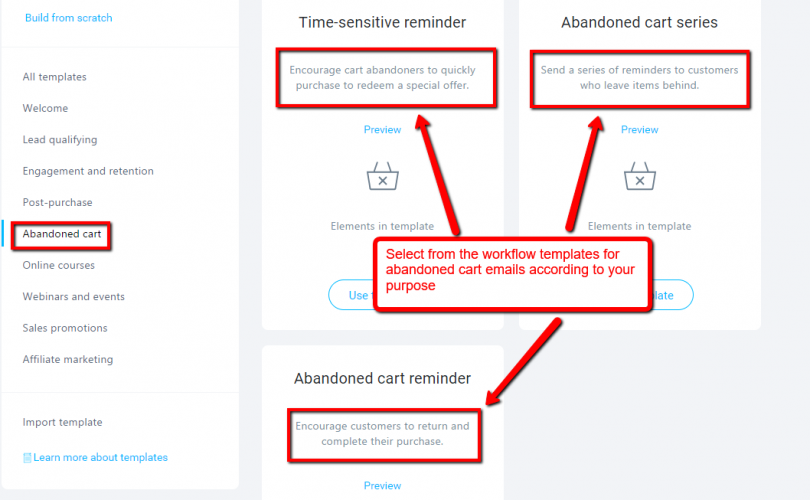
2. Trust badges
One of the reasons why buyers decide not to finish their purchases is their apprehension regarding payment security.
You can’t blame them, especially if it’s their first time seeing your brand, therefore, not knowing if you can be trusted or not. It’s because of this that you need to make them feel secure about transacting with you.
You can do this through trust seals — which you can obtain from your computer security software or payment gateway providers.
You can display trust seals on noticeable parts of your site, such as your payment and product pages.

A secure sockets layer (SSL) certificate is also commonly shown for transactions that require users to give confidential information, like their credit card numbers.
Sites with active SSL certificates display the “secure” lock icon before the website’s address on the browser.

3. Creating your YouTube channel
In ecommerce, keep in mind that shoppers won’t buy your products if they don’t trust your brand.
This is why building your online business from square one isn’t an easy task. If hundreds of other familiar and tried-and-tested brands are available to the shopper, do you think they would risk their money to buy from a seller they have not heard about?
To show potential buyers your products are worth spending for, you need to establish your credibility through constant and rigid content marketing.
One way to do this is publishing articles about relevant topics, writing about tips and advice about your audiences’ pain points.
For instance, you can publish a guide on how to dropship if your target audience are people who are looking to learn more about the dropshipping business model.
By doing so, you are providing high-value and relevant content about dropshipping that your target audiences can resonate with and learn from.
This helps establish your authority and credibility since you are not only offering your audiences your products, but knowledge as well.
Another way of establishing your credibility in ecommerce is by publishing videos on YouTube. Educational or instructional videos (how-tos) are a perfect example.
What makes having a YouTube channel awesome is the fact that the platform has become the second largest search engine on the planet.
What’s more, it’ll be easier for you to invoke your audiences’ emotions when using videos.
The thing with videos is your audience can see your body language and facial expressions — something that a written content can’t accomplish.
Because they can truly see you and you’ll have a better way of conveying your sincerity, it’ll be easier for you to influence them to take action on your offers.
Should you decide to push through with YouTube marketing, however, there are a couple of things that you need to consider:
- Make sure you’re using the right thumbnail size.
- Be strategic with your keyword placements. Make sure the keywords you’re trying to rank for is in the title, description, etc.
- Add a call-to-action in your videos.
- Track your results so you can continue improving your marketing elements.
4. Add customer testimonials.
Which do you think has more weight? A company saying how great they are, or people outside the company saying how awesome the company is?
You answered the latter, didn’t you?
When you think about it, that makes a lot of sense since it’s quite normal for companies to say how mindblowing their services are (whether it’s true or not).
owever, when people not involved in the company are saying great things about the brand, then it’s most likely true.
That’s why customer testimonials are crucial.
Just by reading the positive testimonials of other customers, your would-be customers are compelled to trust you because of the great things said about your company.
A perfect example of this is Oberlo — a reliable ecommerce solutions that help dropshippers integrate high-selling products from trustworthy suppliers to their Shopify store.
Looking at Oberlo’s website, you’ll immediately see truckloads of positive customer testimonials about how great the company is.
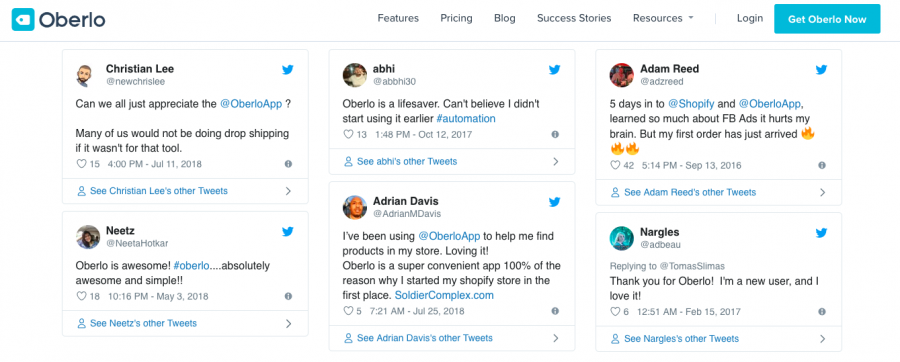
4. Add customer testimonials.
Which do you think has more weight? A company saying how great they are, or people outside the company saying how awesome the company is?
You answered the latter, didn’t you?
When you think about it, that makes a lot of sense since it’s quite normal for companies to say how mindblowing their services are (whether it’s true or not).
owever, when people not involved in the company are saying great things about the brand, then it’s most likely true.
That’s why customer testimonials are crucial.
Just by reading the positive testimonials of other customers, your would-be customers are compelled to trust you because of the great things said about your company.
A perfect example of this is Oberlo — a reliable ecommerce solutions that help dropshippers integrate high-selling products from trustworthy suppliers to their Shopify store.
Looking at Oberlo’s website, you’ll immediately see truckloads of positive customer testimonials about how great the company is.
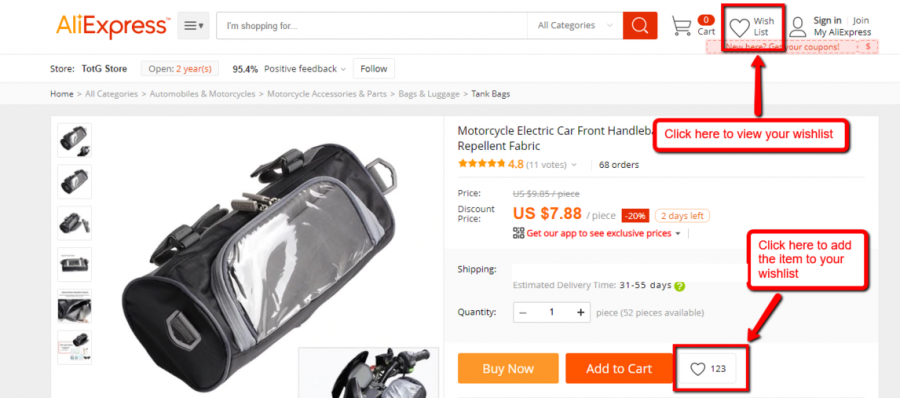
6. User-generated content
UGC stands for user-generated content.
It refers to any kind of content that a user or customer crates and/or posts on the web, typically through social media networking sites.
An example of UGC is customer reviews.
Did you know that nearly 100 percent of customers that are 18 to 34 years old believe in what online reviews say?
This is why customer reviews are one of the most compelling marketing and selling strategies among online businesses.
To get customer reviews, you can start by sending your buyers an automated email asking them to write reviews about your products.
Another way is to create features on your website that encourages buyers to leave their feedback.
The Shopify Product Reviews app, for one, enables buyers to post reviews on your product page. If you’re worried about trolls or spammed comments, don’t fret — the app gives you full charge over which posts only should be published.
7. Promotion via social media
UGC also includes your buyers’ social media content or posts related to your merchandise and brand.
If your brand is highly visible in the social media platforms, you are likely to find some UGC that you can use to advertise every now and then. You can opt to feature your users’ posts by reposting them.
To generate user content faster, you can also use promotional strategies like giving away prizes for most-liked posts on your product.
Look at how Clothes for Breakfast did it:
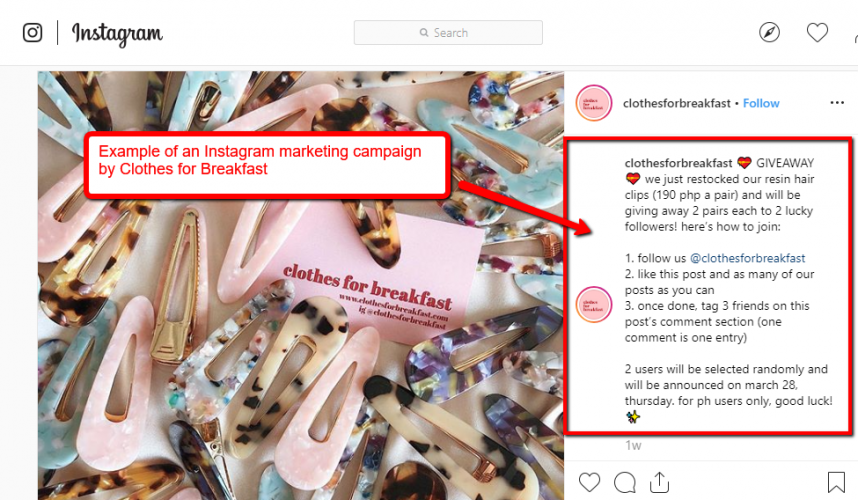
You can also increase your sales by finding more potential customers through social media monitoring or listening — a means of keeping an eye on posts about your business and merchandise.
Followerwonk is one of the best tools you can use to this end.
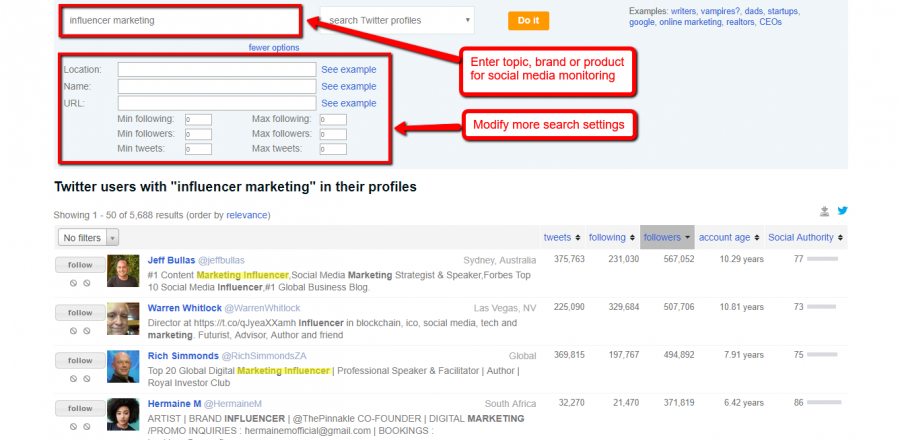
Followerwonk shows Twitter users who mentioned your brand or product, including hashtags, along with the users’ profile information for deeper performance analysis, monitoring the information that’s been said about you, and customer engagement.
8. Organic search keywords with purchase intent
To generate sales and attract your target market, you need the right keywords.
Before you carve out your SEO strategy, you need to come up with keywords with purchase intent as your foundation for your SEO campaigns.
After all, SEO relies heavily on proper keyword targeting. Pursue the wrong keywords, and you’ll find yourself getting very little to no sales at the end of your campaign.
Tools like Wordstream can recommend keywords you should use based on various online metrics.
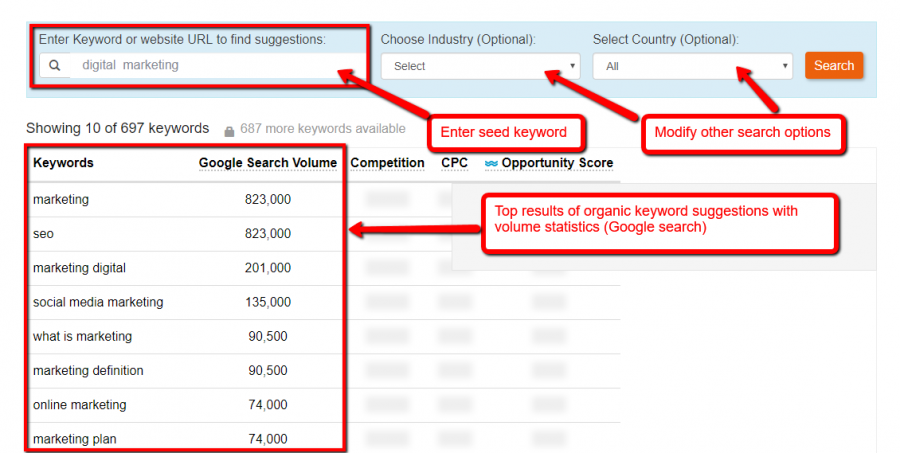
Just by typing in your seed keyword, Wordstream shows you several keyword suggestions and their Google search volumes.
To see keyword variations with purchase intent, add buying words to your niche relevant keywords (e.g., “buy,” “discount,” or “coupons,” etc.)
To optimize your pages for the keywords you’ve uncovered, insert the keywords in these places:
- Headings and subheadings
- Page or Section Title
- Photo captions and tags
- Main Body of Content
9. Marketing in Q&A Sites
Forums and Q&A sites are a good venue to make your brand more visible and promote your products to potential buyers.
Using the keywords you uncovered on your keyword research phase will help you uncover ideal threads to engage with.
One of these Q&A sites you can check out is Blurtit.
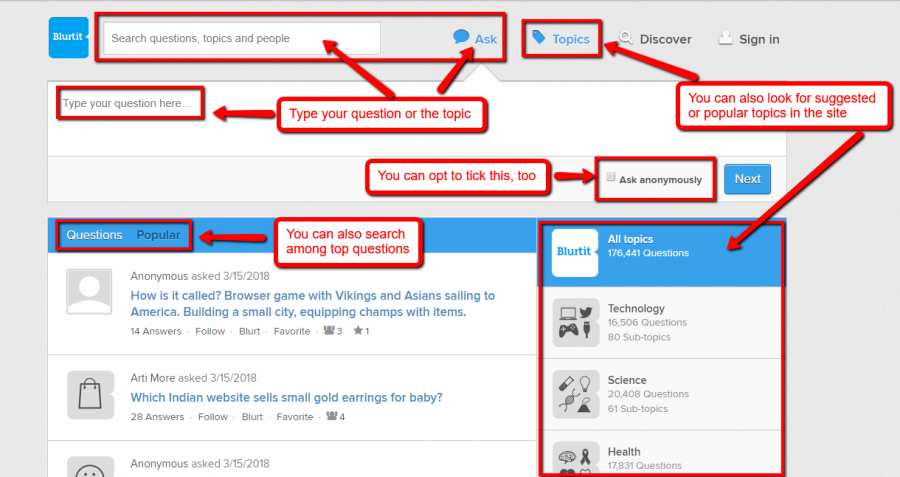
Remember, more than anything else, your goal is to provide value by answering the questions/issues raised by your target audience — while strategically introducing your products.
Your emphasis should be to give value.
Bottom line
For most people, warning through ecommerce won’t happen overnight.
However, if you’ll persevere and continue to apply the strategies I shared above, you are bound to reap positive results out of your ecommerce venture.
If any of the tactics have helped your business, we’d love to hear your story. Feel free to share this guide and your story below.


